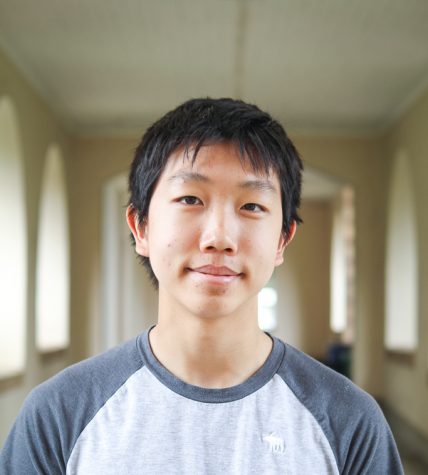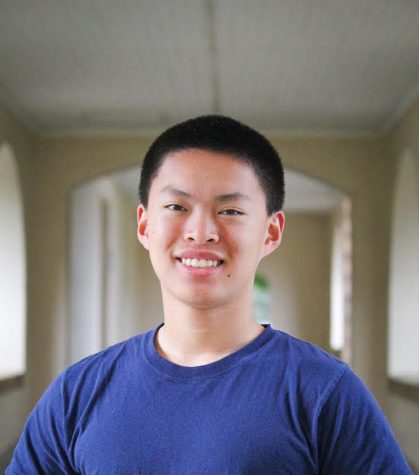AP teachers prepare new measures to ready students for testing
March 19, 2020
Advanced Placement teachers are looking for new ways to prepare students for AP testing in the wake of school closure as they await further instruction from the College Board.
While the College Board has announced delayed testing and the possibility of take-home tests, as well as the development of additional AP Classroom resources to accommodate online learning, it is still unclear how AP testing at Palo Alto High School will proceed, Assistant Principal Jerry Berkson stated in an email.
Whether Paly chooses to host late testing will depend on how long school is closed, Berkson stated. In addition, while the gym — which has been the testing site in past years — may be large enough to accommodate social distancing guidelines for some tests, it may not be able to accommodate all tests, according to Berkson.
Since the school has no plans so far to extend the school year, many AP teachers have been forced to come up with other options to prepare students for AP testing, which for many classes is still scheduled for early May.
One of these options is office hours, which many teachers are offering each day to help answer students’ questions, usually over email. Some teachers such as AP Computer Science A teacher Christopher Kuszmaul are also looking into online lessons to fulfill the school district’s flexible learning options guidelines.
“Teachers should focus on building comprehensive learning experiences for students, related to one educational topic or idea at a time,” Kuszmaul stated. “Frameworks like HyperDocs can help provide ideas for what comprehensive learning experiences can look like.”
Teachers are also turning to each other for resources as many schools across the country face closures.
“There are several professional communities, such as the CSTA [Computer Science Teachers Association] and an AP CS teachers’ Facebook page that are overflowing with computer science resources,” Kuszmaul stated. “In my own practice I have developed a wide variety of ‘comprehensive learning experiences’ for students — the challenge is to identify what to offer the students, and when.”
Many teachers, including Kuszmaul and AP U.S. History Jack Bungarden, also said that they are open to using the College Board’s new AP Classroom resources, which the College Board has announced that it will be expanding. Among these expansions will be video lectures beginning in early April that will be posted on the AP Program’s youtube channel.
The College Board also stated that it will extend the submission deadlines for portfolio-based AP courses, or courses where students submit portfolios of their work to the College Board in May for evaluation. Teachers will not need to request extensions, and new deadlines will be posted by March 20, according to the statement.
Despite the available extensions, some portfolio-based AP teachers, such as AP Computer Science Principles teacher Christopher Bell, have stated that their classes are on track to complete their AP portfolios, even with the setback of the school closure.
“We are very well prepared for any timeframe that the College Board wants to implement for portfolio submissions in regards to AP CSP,” Bell stated in an email.
AP 2-D Art and Design teacher Margo Wixsom also stated that her AP students are on track to complete their portfolios, and has selected several flexible learning options for students to work at home during school closure.
Many teachers have set expectations for students to continue preparing for AP testing and portfolios even while school is closed.
“This is an ideal time for students to keep researching, writing and touching base through Schoology,” AP Seminar teacher Lucy Filppu stated. “According to district policy, work is optional and not for a grade, but my AP Seminar students are intrinsically motivated and are not just working for a grade.”
According to Kuszmaul, the closure may also have positive effects on students, allowing them to explore the subject without the pressure of achievement that is usually present.
“The break may offer students the opportunity to explore computer science without as much pressure to ‘achieve’ as normal,” Kuszmaul stated. “This year’s crop of students may transform the closure into a seminal experience in education.”









![A protester in a chicken suit wearing a taco hat with the words “Cluck Trump” at the “No Kings” Democracy Fair in Palo Alto on Saturday. Protestor Mary Chan said she and her husband are horrified at the state of science and medicine in America. “What he [Trump] is doing by defunding scientific research is destroying our academic medical centers, and he’s [Trump] bankrupting rural medical centers,” Chan said. “We will have lasting negative impacts on American health for decades.”](https://palyvoice.com/wp-content/uploads/2025/10/11562FFE-9912-4152-BB01-582426B52ECB_1_105_c-225x300.jpeg)